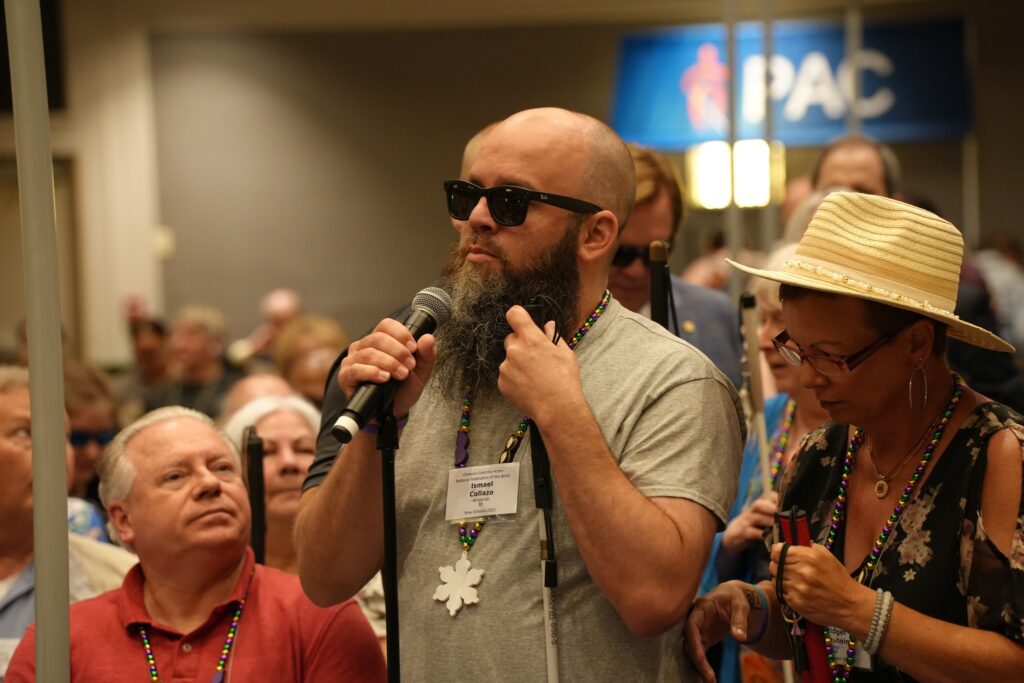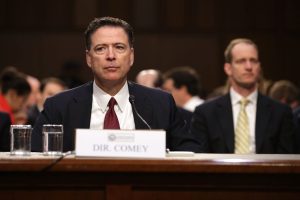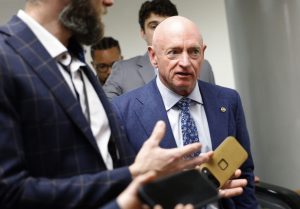Ismael Collazo of Brookings, South Dakota, planned to visit Washington, D.C., during the week of Nov. 3, 2025, to advocate for U.S. Department of Education programming for the visually impaired. Collazo has been blind for 12 years. (Photo courtesy of Ismael Collazo)
On Wednesday morning at 6 a.m., Ismael Collazo of Brookings will board a plane for Washington, D.C., with plans to advocate for the programs he says put him in the position to buy tickets, board planes and advocate.
Collazo, a former line cook at a Hard Rock Hotel in Florida, lost his vision 12 years ago. After a rough patch of depression and heavy drinking, he signed up for a vocational rehabilitation program that offered job and business training.
As a result, Collazo, who moved to South Dakota to be nearer to his wife’s family, has owned and operated his own business, a woodworking company called Blind Guy Boards, for the past six years.
“I’ve learned how to be my own accountant, how to be my own maintenance, my own salesman, my own bookkeeper,” said Collazo, South Dakota state president for the National Federation of the Blind. “I do it all.”
The program that trained Collazo is administered by the state Department of Human Services, but is federally funded through the U.S. Department of Education.
That vocational rehabilitation program, designed for people who go blind as adults, is one of several under that department’s umbrella that Collazo sees as under dire threat.
The Trump administration issued an executive order to unwind the department earlier this year. During the ongoing government shutdown, the administration issued a “reduction in force” notice for the department that would reportedly remove most of the employees responsible for administering the programs.
Following through with the staffing threats would “decimate the workforce that runs the Department of Education,” Collazo said.
“That’s what we’re fighting for: the what now?” he said. “These programs are mandated by law, so what happens to these programs?”
Staff cut proposals, blocked layoffs
The answers are unclear on several fronts.
The administration hasn’t released detailed lists of which employees in which areas of government could be impacted by the reductions in force the president first alluded to in a social media host on Oct. 2, although court filings have put the total number at about 4,200.
“I can’t believe the radical left Democrats gave me this unprecedented opportunity,” Trump wrote.
Judge blocks Trump shutdown layoffs, citing political retribution
Labor unions have since sued the administration over the layoffs, and a California judge recently ordered the administration not to carry them out during the shutdown.
An Oct. 10 court filing in that lawsuit from the federal government put the number of Education Department employees targeted for staff reductions at 466.
The administration’s lawyers have appealed, arguing that some layoffs were planned before the shutdown began and ought to be allowed to proceed.
Chris Danielsen, public relations manager for the National Federal of the Blind, said his organization’s volunteer leaders are acting under their understanding of the situation, which is a proposed staffing cut at the Education Department’s Office of Special Education Programs, the Rehabilitation Services Administration and Division of Civil Rights.
The first office funds services to blind students in K-12 schools. The second funds the vocational programming Collazo used, as well as training for elderly people who need help setting up their homes to safely stay in them after they experience age-related vision loss. The third offers an enforcement mechanism for families who say their children with disabilities haven’t received the federal services afforded them under federal law.
The national federation, Danielsen said, is one of several in the blind and disabled community to have sounded alarms and written letters about the changes.
Everyone who serves as a federation leader at the state level has been urged to touch base with their respective congressional delegations, Danielsen said, and to travel to Washington if they’re able.
He didn’t know exactly how many state-level advocates would show up to the U.S. Capitol alongside Collazo this week, but said the figure is in the dozens.
“Our organization is all volunteer-run, so people are going as they are able,” Danielsen said.
South Dakota funds available, for now
The state Department of Human Services administers the vocational program funding and funding for the elderly.
According to spokeswoman Kristen Kilmer, nothing has changed at this point at the Division of Service to the Blind and Visually Impaired.
The vocational program served 391 people between 2023 and 2024, according to that division’s most recent annual report. Of those, 52 were employed by the end of the program.
The elderly service program served 332 people, the report says.
The two programs continue to operate at full capacity, she wrote, and serve “the same number of clients as before.”
The state got $2.7 million for vocational rehab last year, and Kilmer said more than half of that money is remaining and available for use though September of next year. The state “hasn’t gotten notice” of the money it might get from the federal government for federal fiscal year 2026, which began in October of this calendar year.
The Independent Living Older Blind program gets $225,000 a year. The state doesn’t have leftover money, she said, and has covered the bill thus far, to the tune of $19,700.
“That will eventually be reimbursed” by the federal government, Kilmer said.
Danielsen, the spokesman for the national federation, said the continuing resolution to fund the government — which has been voted down numerous times in the U.S. Senate since the shutdown began — includes funding for programs for the visually impaired.
The funding won’t do much good, he said, without staff.
“You can effectively kill a program if you get rid of the staff that run it and have no plan on how to run it going forward,” Danielsen said.
South Dakota advocate
That’s what Collazo is most concerned about, for himself and the approximately 19,000 other visually impaired people in South Dakota.
He said he would not have been able to open his business without the vocational program, and that the same is true of plenty of people who lose their sight as adults.
In reality, he said, the programs save money for taxpayers by keeping people with visual impairments in the workforce and off government assistance.

Beyond vocational and elderly programming, he’s concerned about the Randolph-Sheppard program. Since 1936, that program has put visually impaired entrepreneurs in charge of businesses and federal buildings, often food service businesses.
He intends to talk about all of it in meetings with the offices of South Dakota Republican Sens. Mike Rounds and John Thune on Wednesday, his first day in D.C.
He’s working with the office of Republican Rep. Dusty Johnson to set up a meeting, as well, but that will likely be back in South Dakota. Collazo plans to return Thursday.
He plans to talk to the elected officials about his journey from chef to blind woodworker, and about the independence he wasn’t sure he’d have a dozen years ago, when he lost his eyesight.
He’s produced cutting boards, countertops and even some cabinetry, with the help of tools like a click ruler, which makes sounds to indicate measurements, and saw stops, which have electronic detection systems and shutoff mechanisms to protect their users.
“You never know what you can accomplish until you’re put into a position where you have to,” Collazo said.
Other South Dakotans in such positions ought to have the same opportunity to learn how to push their limits, he said.
GET THE MORNING HEADLINES.





